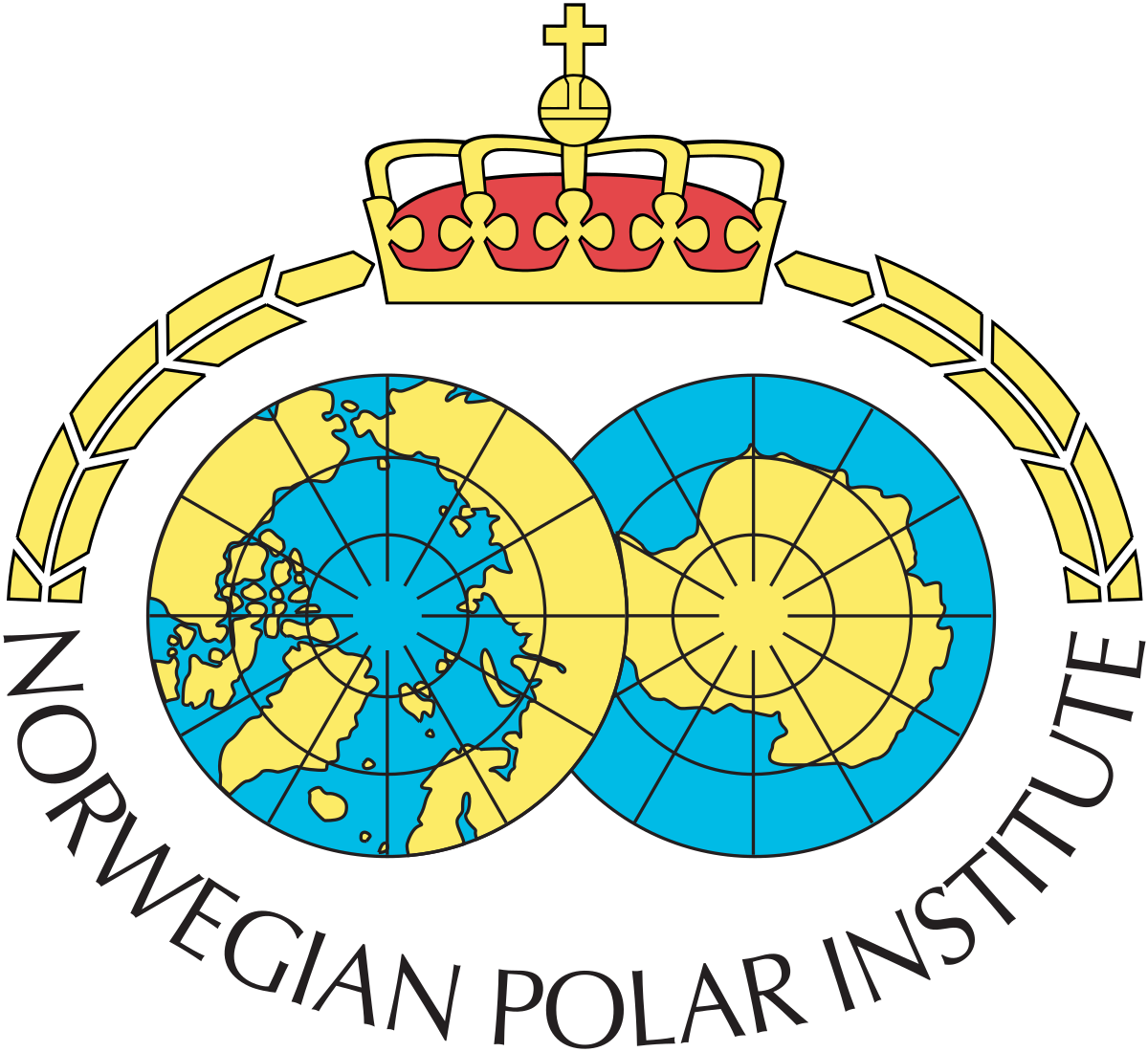Graduate Programmes

Graduate Programmes
The development of activities of GFAM comes with the objective: To evaluate the impact of climate change in the cryosphere found in the mountains of the earth in the shape of glacier, rock glacier, snow cover and subsurface permanent ice (permafrost), to know the implications of same in the landscape dynamic and, in the organization of territory and its habitability.
Maintaining this perspective, the GFAM is constructed within the following lines of research:
1. IMPACT OF CURRENT CLIMATE CHANGE IN THE CRYOSPHERE. Astudy of the current global warming impact in the glacier, rock glacier, snow cover and permafrost of the high mountains and the cold regions, including the following aspects:
1.1. Study of the glacial retreat from the Little Ice Age (LIA) to the present and the relationship with climate evolution. Analysis of the landforms related to the present glacial retreat and derived periglacial processes.
1.2. Analysis of the geo-ecology of the snow niches: their location, delimitation and monitoring, observation of the evolution of their landforms and their biogeographical formations regarding the evolution of the snow cover.
1.3. Analysis of the distribution and evolution of the permafrost with regard to global warming and its potential consequences in the water reserves and in the geomorphological processes.
2. EVOLUTION OF THE CRYOSPHERE. Reconstruction of the impact of climate change in the cryosphere, from the Late Pleistocene until the LIA, analyzed through the following research strategies:
2.1. Evolution of the glaciers from the end of the Pleistocene until its complete withdrawal or reduction to its current magnitude. The work is based on the analysis and detailed geomorphological cartography and on the acquisition of absolute dating by cosmogenic, optical luminescence, radiocarbon and lichenometry methods.
2.2. Deduction of climate evolution from knowledge of the evolution of the glacier. Application of methods includes glacial reconstruction, acquisition of values relevant to the paleo-balance of glacial mass and paleoclimatic reconstruction.
2.3. Analysis of glacial and periglacial landforms linked to the deglaciation and rock glacier origin: cartography, dating and deduction of its climate meaning.
3. CRIOSPHERE AND RISK PREVENTION. Risk evaluation of the deglaciation derived through analysis and monitorization of periglacial and postglacial processes according to the following work areas:
3.1. Analysis of hazards processes related to the interaction of volcanic activity with glaciers and permafrost located on active stratovolcanoes.
3.2. Risk delimitation related to deglaciation processes and permafrost melting in high mountain areas in relation to global warming.
3.3. Analysis and reconstruction of debris flows derived from massive thaw and delimitation of possible risk scenarios.
4. CRIOSPHERE AND BIODIVERSITY
4.1. Analysis of the recolonization and evolution of the vegetation cover in deglaciated areas.
4.2. Study of biogeographical serialization in snow hollows and in their retreat and disappearance phases.
4.3. Study of colonization and stabilization of slopes after catastrophic geomorphological processes derived from deglaciation.
4.4. Study of relationship between permafrost processes and vegetation cover.


